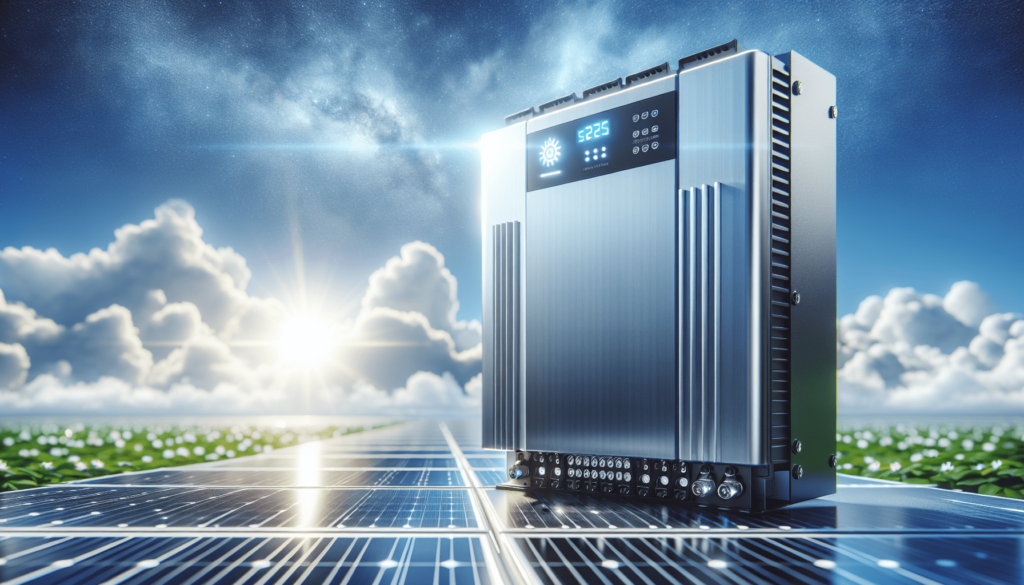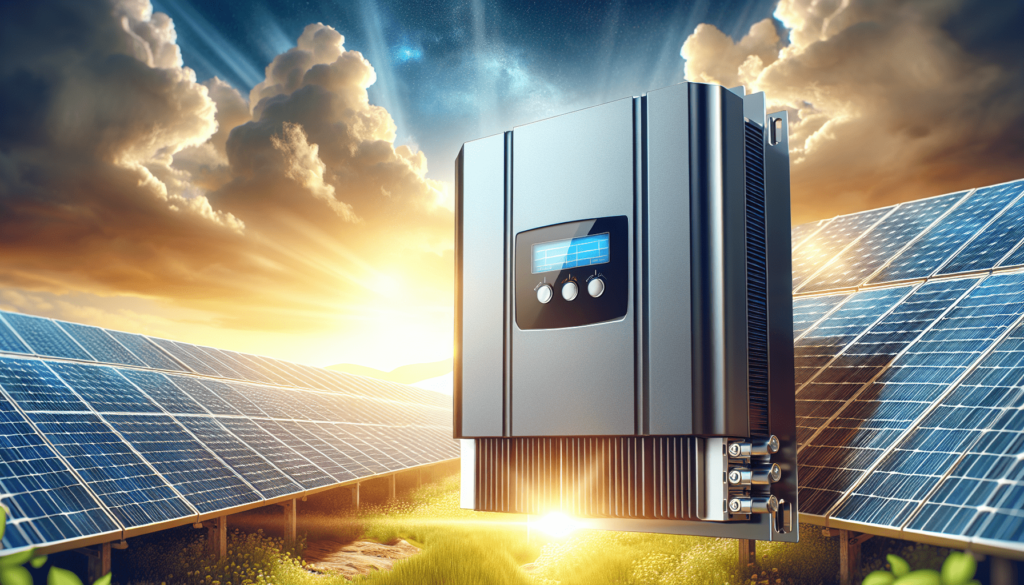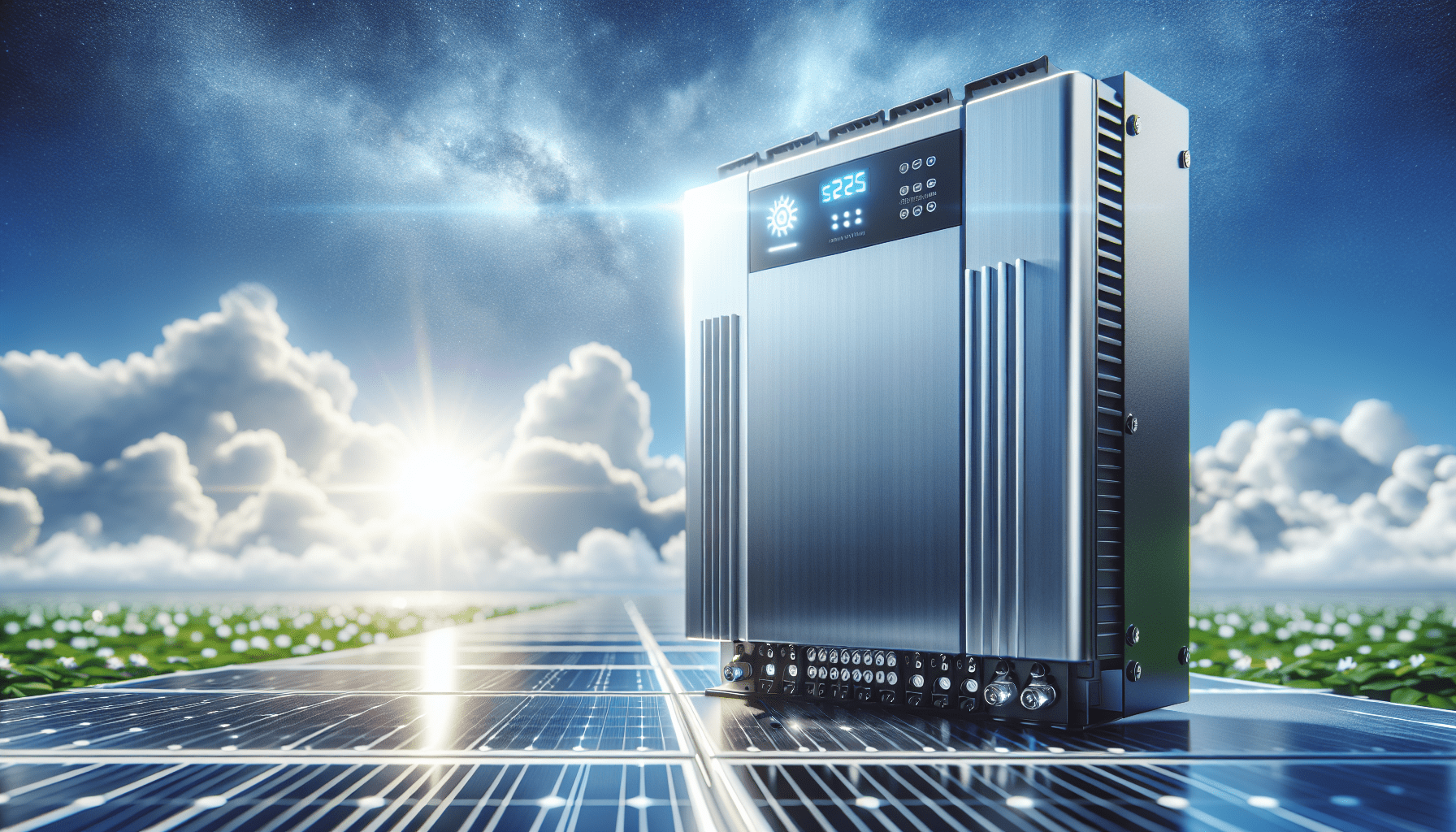How to Install a 2 Phase Solar Inverter
Are you interested in installing a 2 phase solar inverter but unsure where to start? In this article, we will provide you with a step-by-step guide on how to install a 2 phase solar inverter in your home. By the end of this article, you will have the knowledge and confidence to successfully install a 2 phase solar inverter on your own.
What is a 2 Phase Solar Inverter?
A 2 phase solar inverter is a device that converts DC power generated by solar panels into AC power that can be used to power your home. Unlike traditional single-phase inverters, 2 phase solar inverters are capable of handling two sets of solar panels, providing more efficiency and flexibility in your solar power system.
Why Choose a 2 Phase Solar Inverter?
Choosing a 2 phase solar inverter for your solar power system has several benefits. With dual MPPT (Maximum Power Point Tracking) technology, 2 phase solar inverters can optimize the performance of your solar panels, even if they are facing different directions or are at different angles. This can result in increased energy production and cost savings for your home.
Steps to Install a 2 Phase Solar Inverter
Now that you understand the basics of a 2 phase solar inverter, let’s dive into the step-by-step process of installing one in your home. Follow these instructions carefully to ensure a successful installation.
Step 1: Gather Your Tools and Equipment
Before you begin the installation process, make sure you have all the necessary tools and equipment on hand. This may include:
- Screwdrivers
- Wrenches
- Wire cutters
- Safety gloves
- Safety goggles
- Mounting brackets
- Electrical tape
- AC and DC cables
Having the right tools will make the installation process much smoother and safer for you.
Step 2: Choose the Right Location
Selecting the right location for your 2 phase solar inverter is crucial for its performance and longevity. Choose a spot that is well-ventilated, away from direct sunlight, and protected from weather elements. Additionally, ensure that the inverter is easily accessible for maintenance and troubleshooting purposes.
Step 3: Mount the Inverter
Once you have chosen the location for your 2 phase solar inverter, it’s time to mount it securely. Use the mounting brackets provided with your inverter to attach it to the wall or another suitable surface. Make sure the inverter is level and stable to prevent any damage or accidents.
Step 4: Connect the DC Cables
Next, it’s time to connect the DC cables from your solar panels to the inverter. Locate the DC input terminals on the inverter and connect the positive and negative cables from each set of solar panels. Make sure to tighten the terminal screws securely to prevent any loose connections.
Step 5: Connect the AC Cables
After connecting the DC cables, it’s time to connect the AC cables from the inverter to your home’s electrical system. Locate the AC output terminals on the inverter and connect the live, neutral, and ground wires to the corresponding terminals. Again, ensure that all connections are tight and secure.
Step 6: Test the System
Before powering up your 2 phase solar inverter, it’s essential to test the system to ensure everything is connected correctly. Turn on the DC isolator switch first and check for any abnormal readings on the inverter display. Then, turn on the AC isolator switch and monitor the inverter for any errors or warnings.
Step 7: Monitor Performance
Once you have successfully installed and tested your 2 phase solar inverter, it’s time to monitor its performance regularly. Keep an eye on the inverter’s display for any error codes or unusual behavior. Additionally, monitor your energy production to ensure that your solar power system is running optimally.

Troubleshooting Tips for 2 Phase Solar Inverters
While installing a 2 phase solar inverter is relatively straightforward, issues may arise during or after the installation process. Here are some common problems you may encounter and tips on how to troubleshoot them.
No Power Output
If your 2 phase solar inverter is not producing any power, check the DC and AC cables for any loose connections or damage. Ensure that all terminals are secure and that the cables are properly insulated. If the issue persists, contact a professional installer for assistance.
Error Codes on Display
If your inverter displays error codes, refer to the manufacturer’s manual for troubleshooting steps. Error codes can indicate issues with the DC or AC connections, firmware updates, or internal faults. Follow the recommended steps to resolve the error and contact the manufacturer if needed.
Overheating
If your inverter is overheating, check the ventilation around the inverter for any obstructions. Ensure that the inverter is not exposed to direct sunlight or excessive heat. If the overheating persists, consult a professional installer to assess the situation and make the necessary adjustments.
Conclusion
Congratulations! You have successfully learned how to install a 2 phase solar inverter in your home. By following the steps outlined in this article and keeping an eye on your system’s performance, you can enjoy the benefits of solar energy for years to come. Remember to consult a professional installer if you encounter any issues or need further assistance. Happy solar powering!

